Trinity Church has been listed on the U.S. National Park Service’s National Register of Historic Places since 2004. Middlesex County and Woodbridge Township have also recognized the historical status of the church’s buildings and grounds through gifts of commemorative markers.
Several modifications to the church building have been made since its consecration in May 1861. The exterior roof, masonry and woodwork were rehabilitated and the structure was stabilized in 2010 with assistance from the New Jersey Historic Trust. Two stained-glass windows from the 1880s were refurbished in 2011.
Yet the building retains the same basic appearance as it did when first constructed, as the picture below will attest.
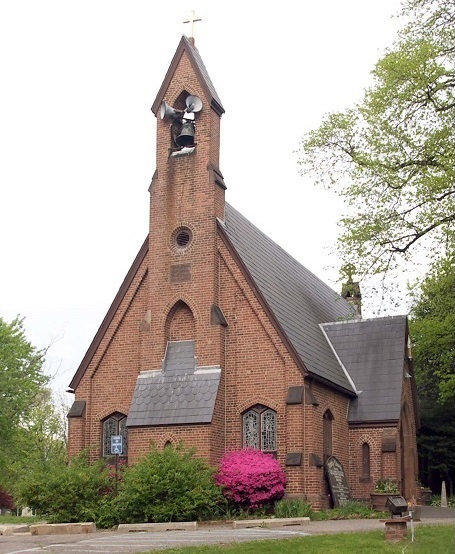
Stained-glass windows in the church building commemorate historical figures of Trinity and the Episcopal Church, tell the story of Jesus Christ and depict scenes from the Bible. To take a virtual tour, click here.
Along with the church building, three other portions of the property are listed in the National Register: the Churchyard, the Rectory and St. Martha’s House.
The Churchyard has been a burial ground since 1714, and the oldest tombstone is dated 1750. The location is the final resting place for members of the Dunham family, descended from Jonathan Dunham, one of Woodbridge’s earliest settlers. He is an eighth great-grandfather of former President Barack Obama, whose mother’s maiden name was Stanley Ann Dunham.
Other early Woodbridge settlers are also represented in the Churchyard, as members of the Barron, Bunn, Jaques and Pike families are buried there. So are a number of war veterans, including Asher Dunham, a great-grandson of Jonathan Dunham who fought in the Revolutionary War. For a listing of graves from 1917, click here.
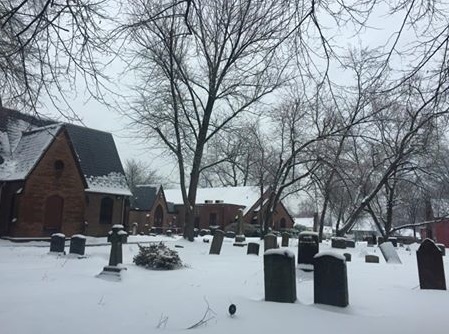
The house named for Jonathan Dunham was actually built by his son, Benjamin, around 1709, according to research completed after Trinity was added to the national register. Dunham did build New Jersey’s first grist mill on a site nearby, and one of the millstones can be seen at the house’s front entrance.
The residence was enlarged and modernized after being bought in 1872 by George C. Hance, a warden at Trinity. Hance turned over the deed to the church in 1873, when it became the Rector’s residence. For more about Jonathan Dunham, the Dunham House and the Rectory, please visit the home’s website.
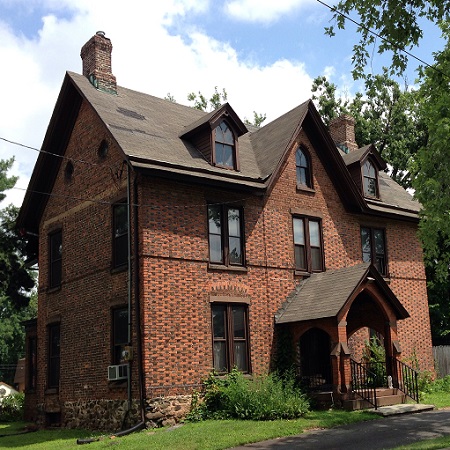
St. Martha’s House, formerly the Parish House and Sexton’s Residence, was built in 1874. The Gothic Revival home provides space for Trinity’s feeding programs and houses the Sexton, who maintains the church’s buildings and property.
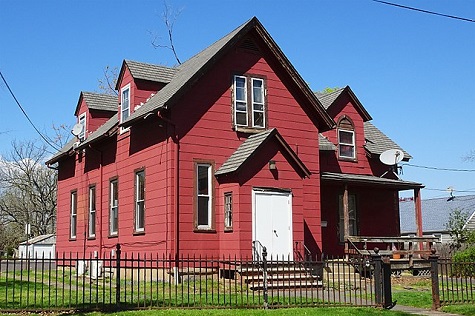
Trinity’s property also includes the current Parish House, which was built in 1956. The hall hosts fellowship hours, organization meetings and community events.
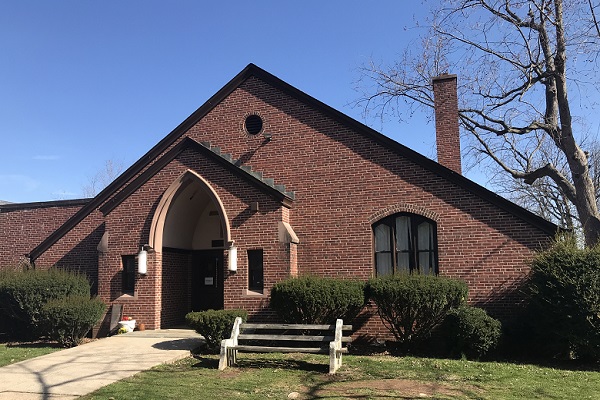
The Parish House is connected to the church building via the Cloister, built in 1970. The Cloister features stained glass on the windows.
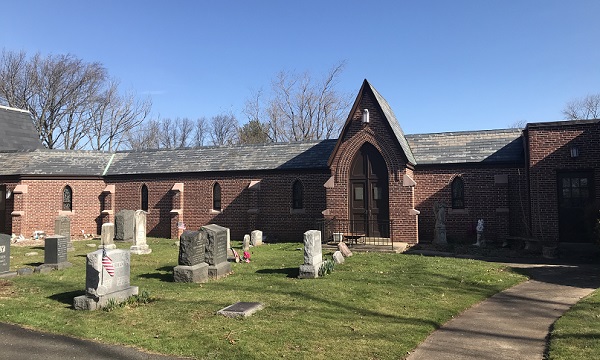
The Churchyard includes a Labyrinth, a site for prayer and meditation, that commemorates victims of the 9/11 terrorist attacks in 2001. Two people with family ties to Trinity, Colleen Ann Meehan Barkow and Edward T. Strauss, died when the World Trade Center towers collapsed. Part of a steel beam from the Trade Center is in the middle of the Labyrinth, which was installed in 2003 and dedicated on June 19, 2004.

